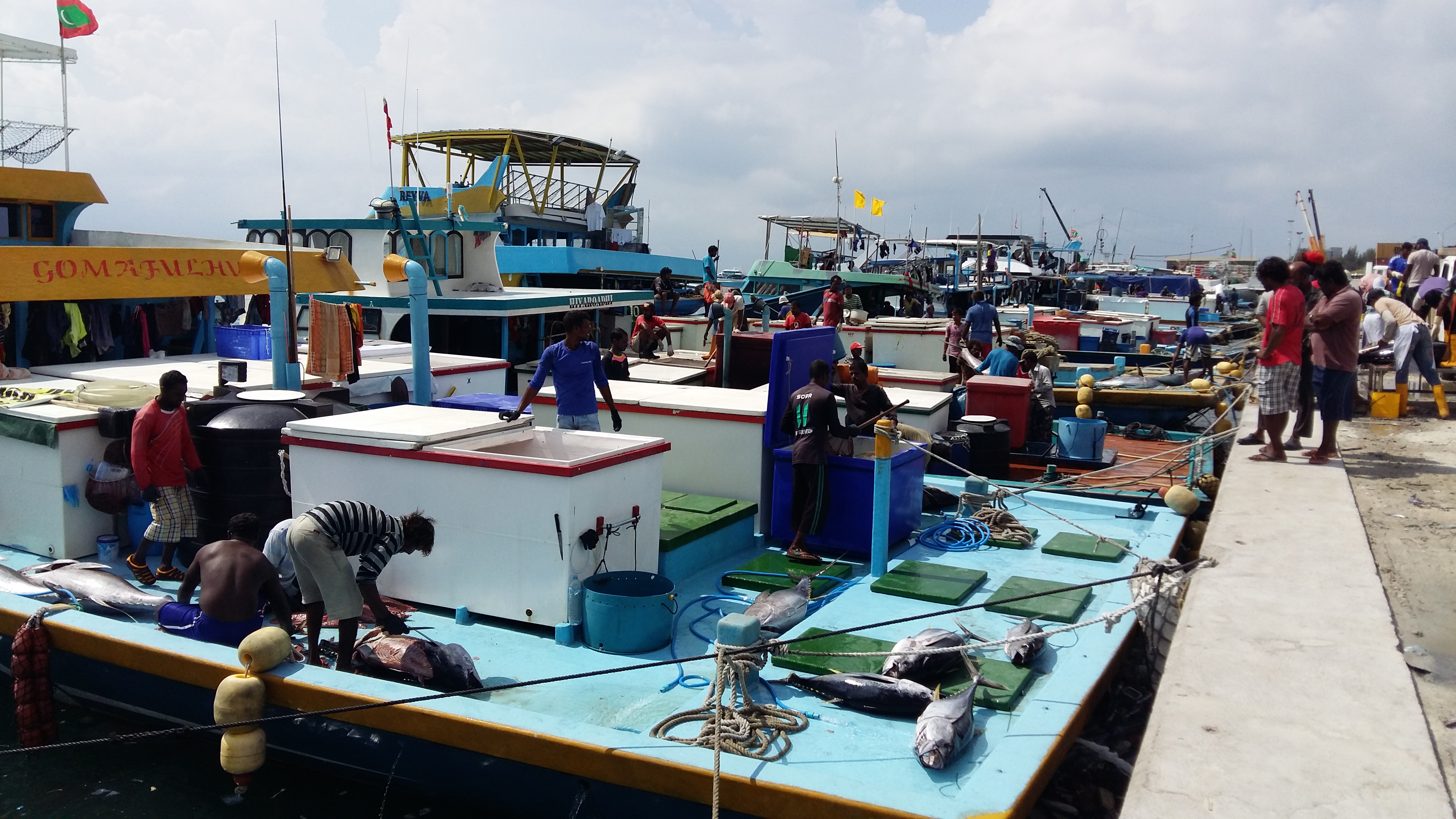
Maldives handline yellowfin tuna

Location & History
The Maldives handline fishery targets yellowfin tuna within the Maldives national waters. While the method of fishing has been around for a long time it wasn’t until the late 1990’s that a targeted fishery for yellowfin- was introduced. The fishery targets surface schooling sub-adults and adults. Catches of yellowfin preserved onboard in ice-boxed in flake-ice are sold to processors and exported to worldwide markets, supporting the livelihoods and economic well-being of half of the fishers population in the Maldives.
How is the Tuna Caught?
All the tuna from this fishery is caught using traditional handline methods, where only a single line, with a hook at the end is used per fisher. Vessels employ a crew of between 15 and 20 fishers at a time, who locate schools of yellowfin tuna, primarily by using dolphin sightings, which follow tuna schools when hunting. The fishery use small, coral reef fish as bait in the water to attract the yellowfin tuna to the boat, once a school has been located. The fishers lower their lines into the water where the tuna are located and wait until a fish gets caught on the hook. The fishers then haul the tuna onboard the vessel where they are instantly killed, and initially processed on board before being stored on flake-ice and returned to shore for sale. Non-target species (also known as bycatch) are animals that the fishery doesn’t want to catch, such as dolphins, turtles or sharks. The use of a single hook and line per fisher means that there is very little bycatch, and because fishing takes place at the surface of the ocean, there is virtually no negative impact on different marine habitats. This fishery catches around 28,000 MT of tuna every year!
The products are processed in a quick turnaround to reach to consumers in Europe, UK or the USA.
Unique Features
A unique and popular aspect of the fishery is that all the boats are owned by Maldivian families that support fishing communities, so the profits from the catch sales supports the livelihood of the island communities of the Maldives.
Gallery
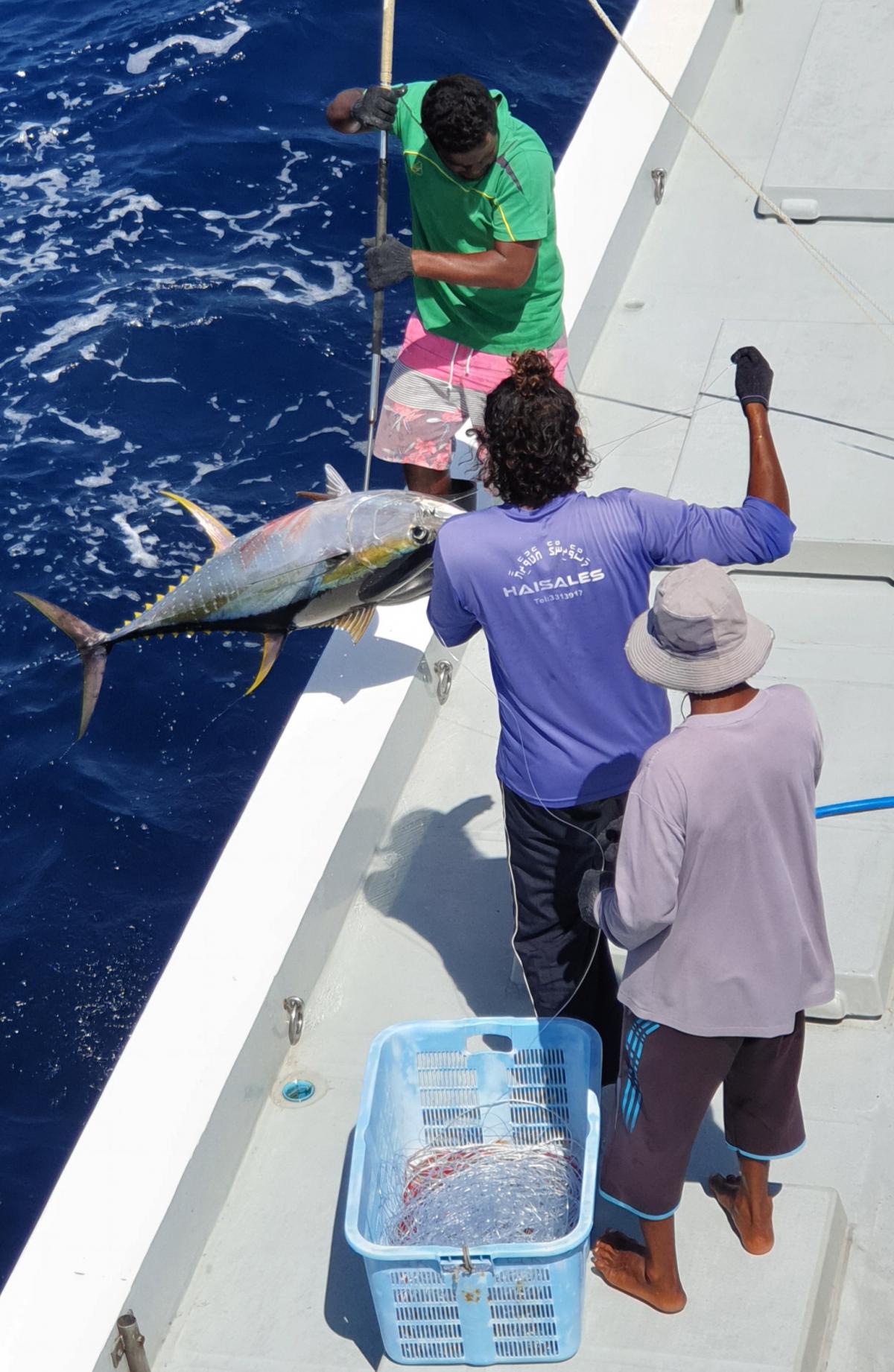
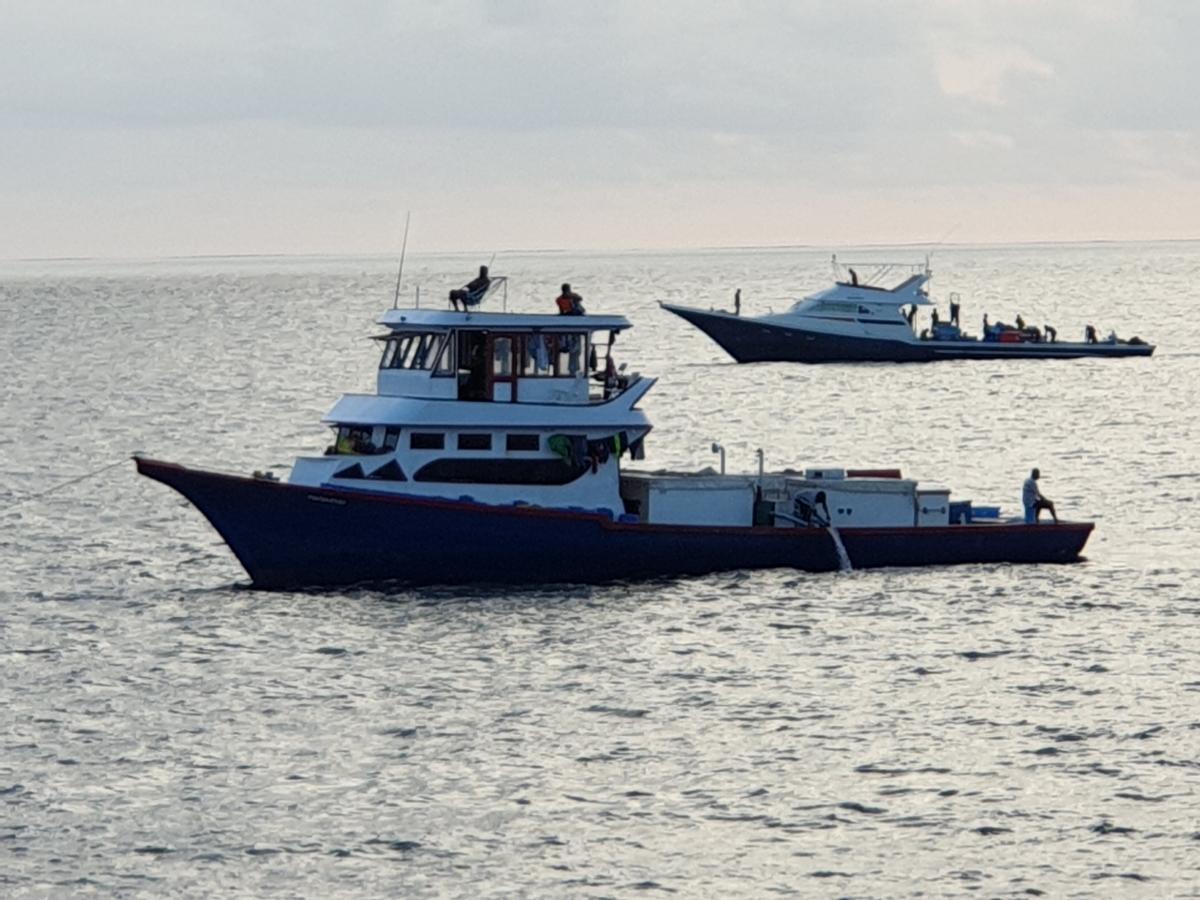
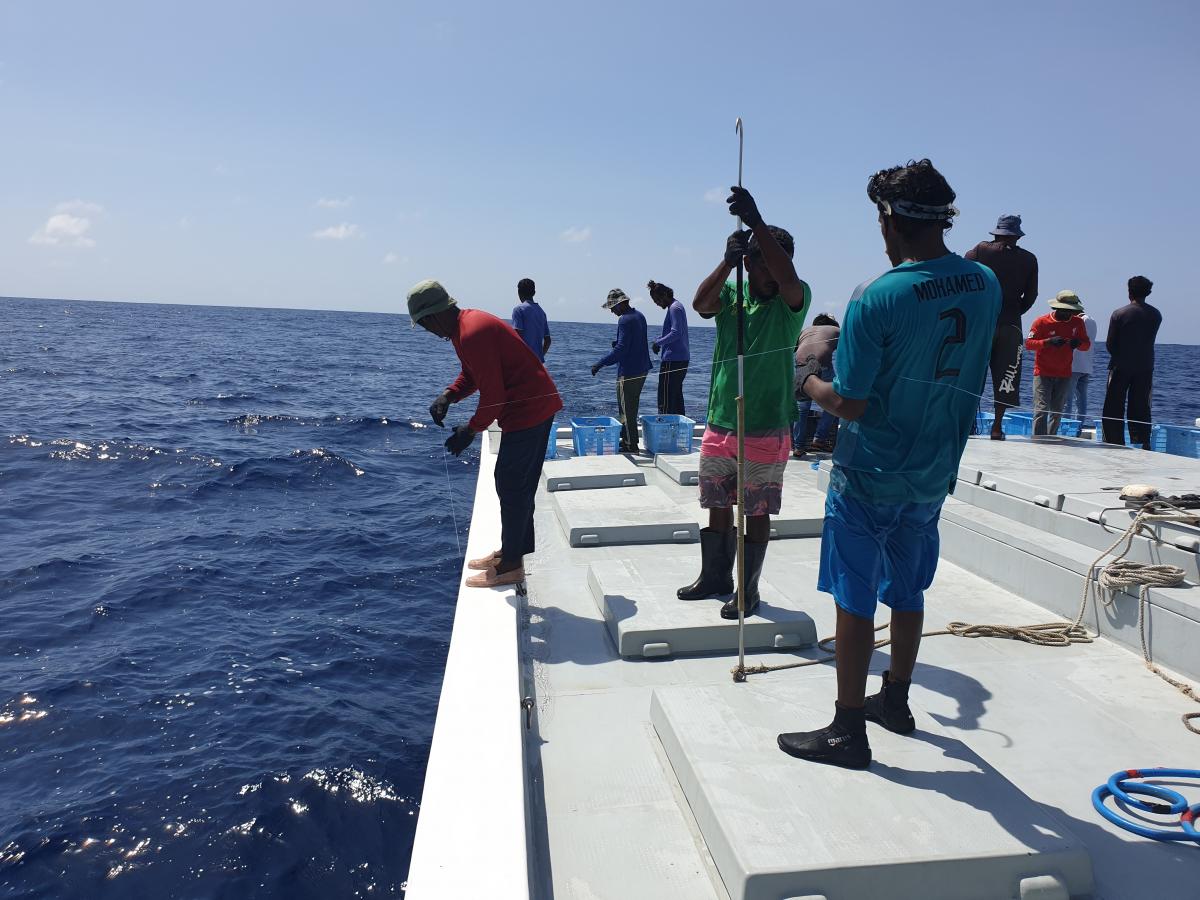
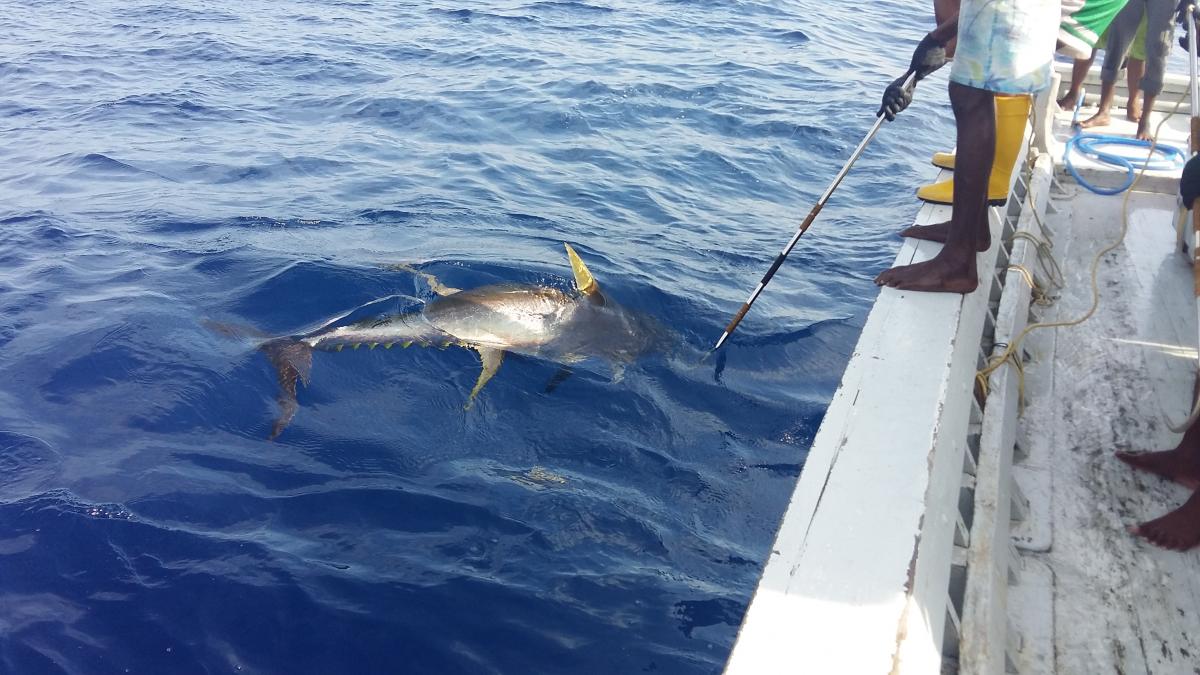
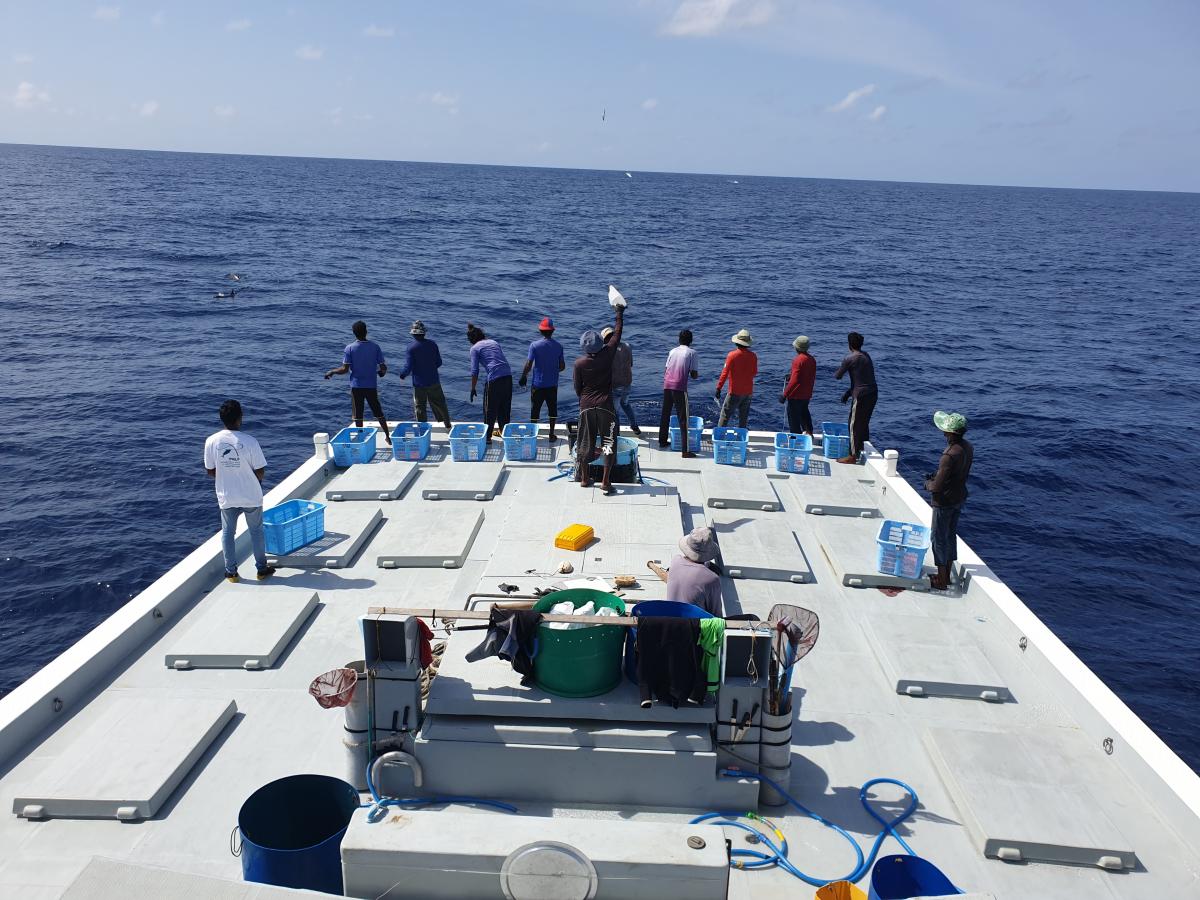
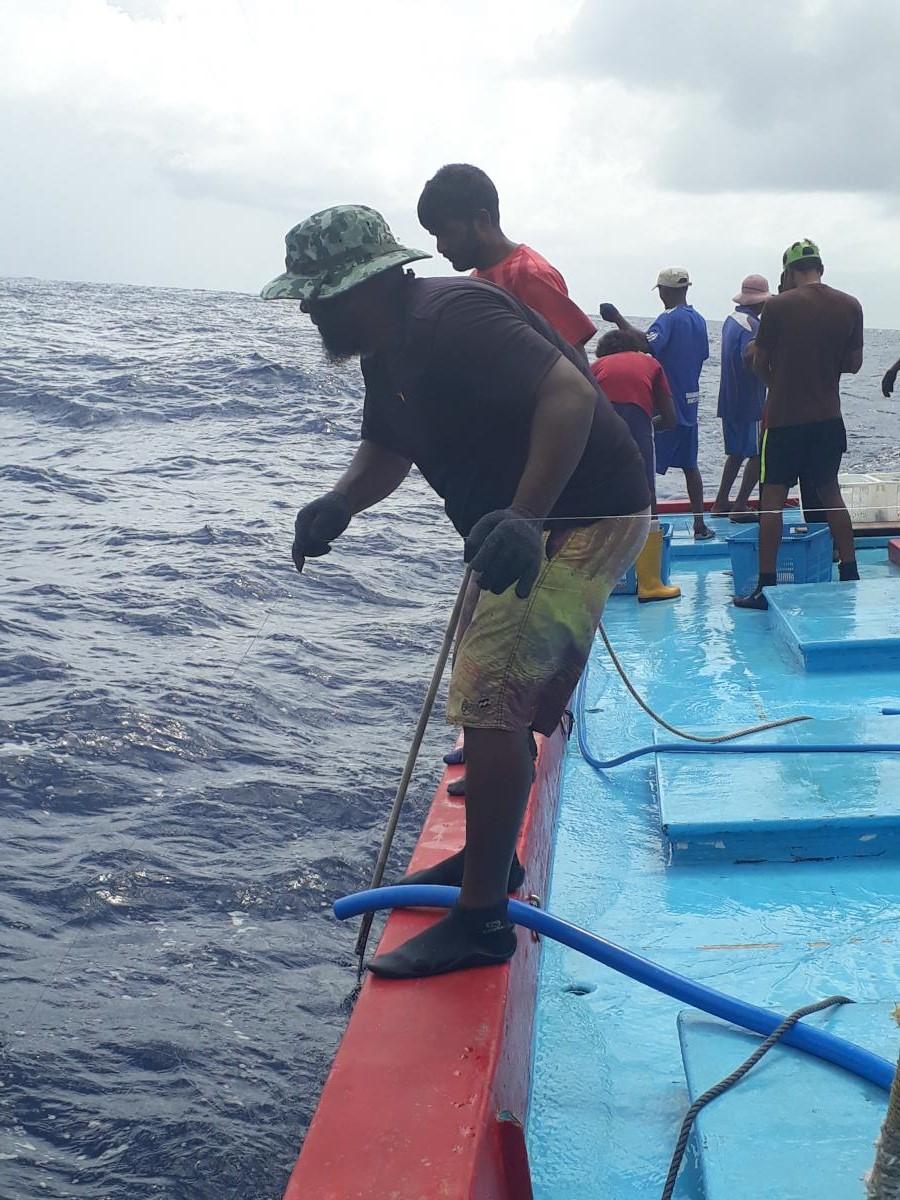
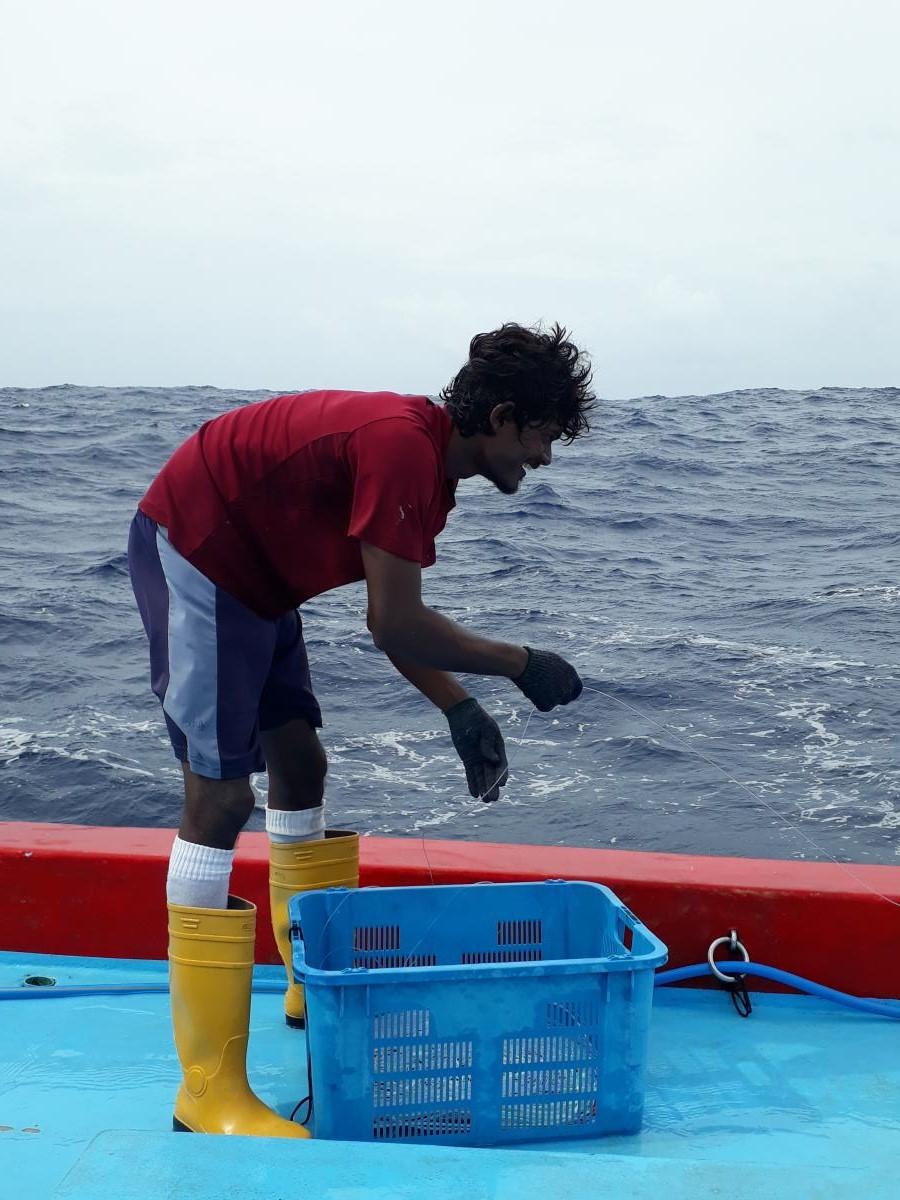
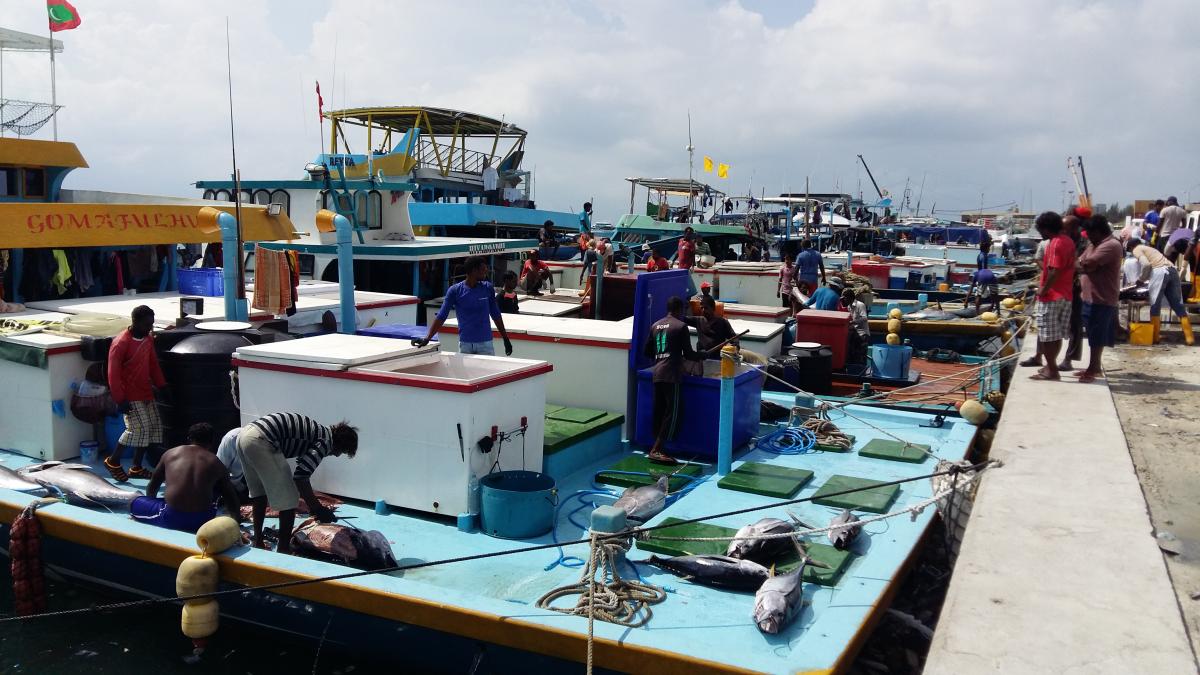
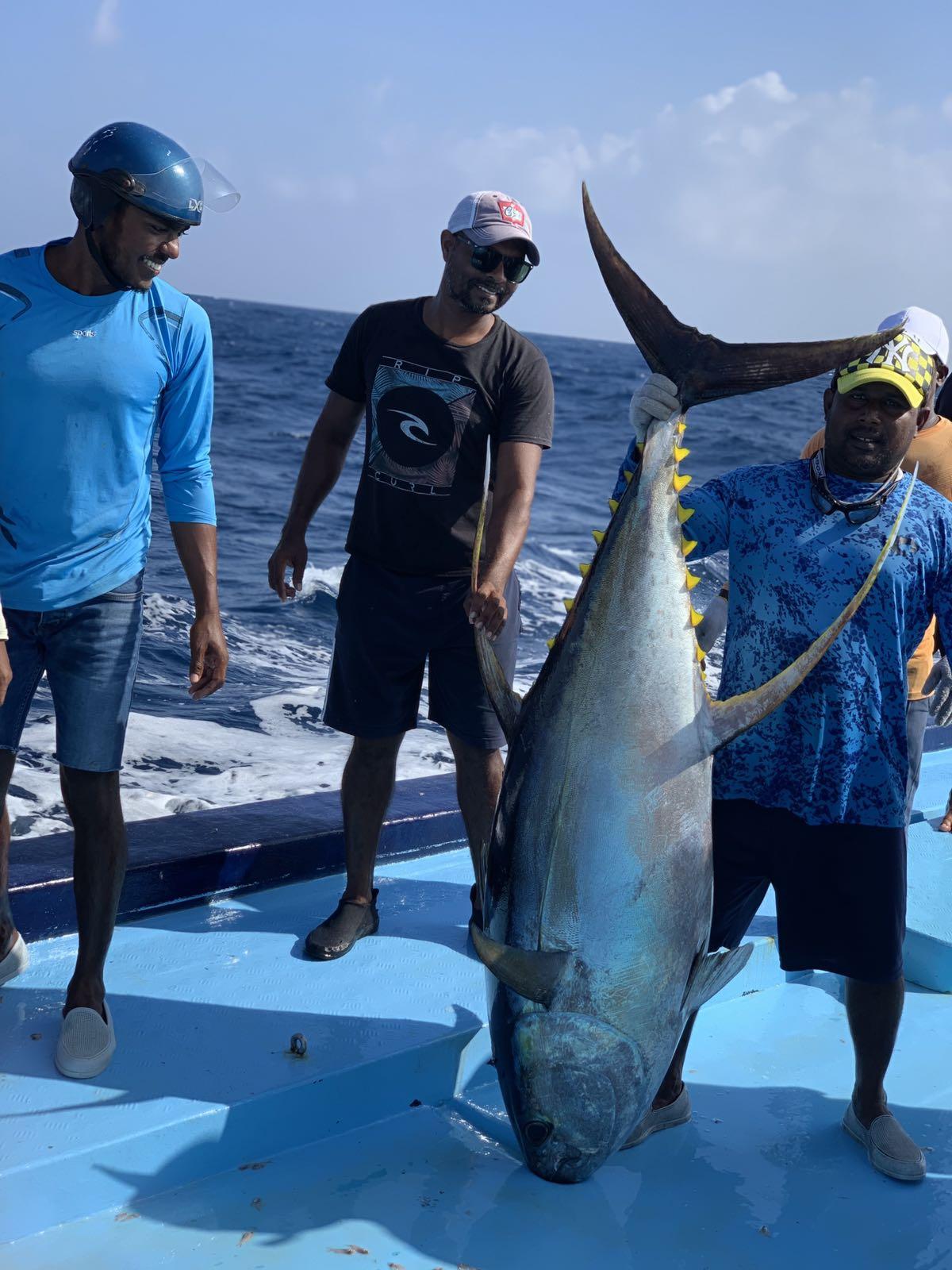

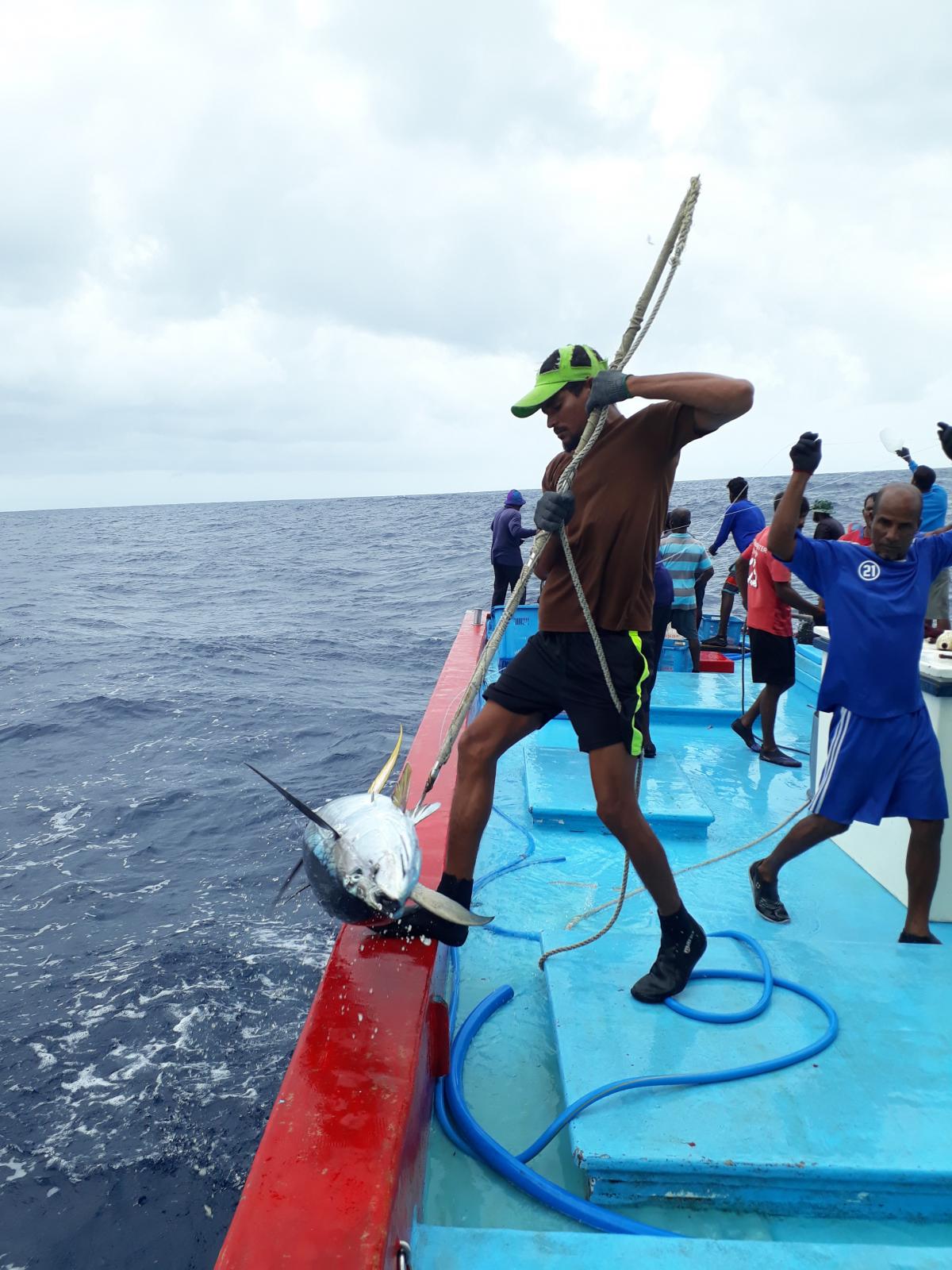
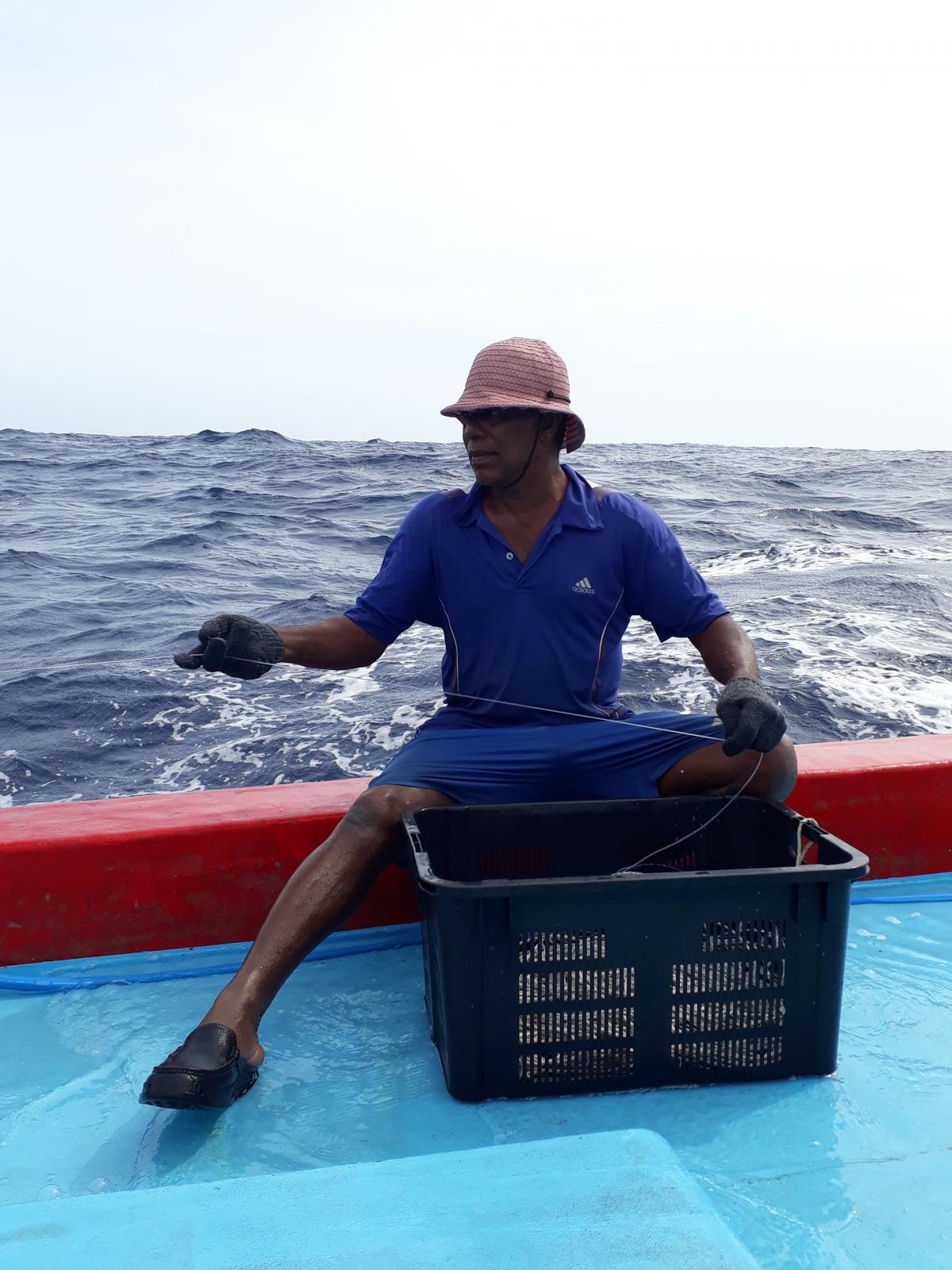
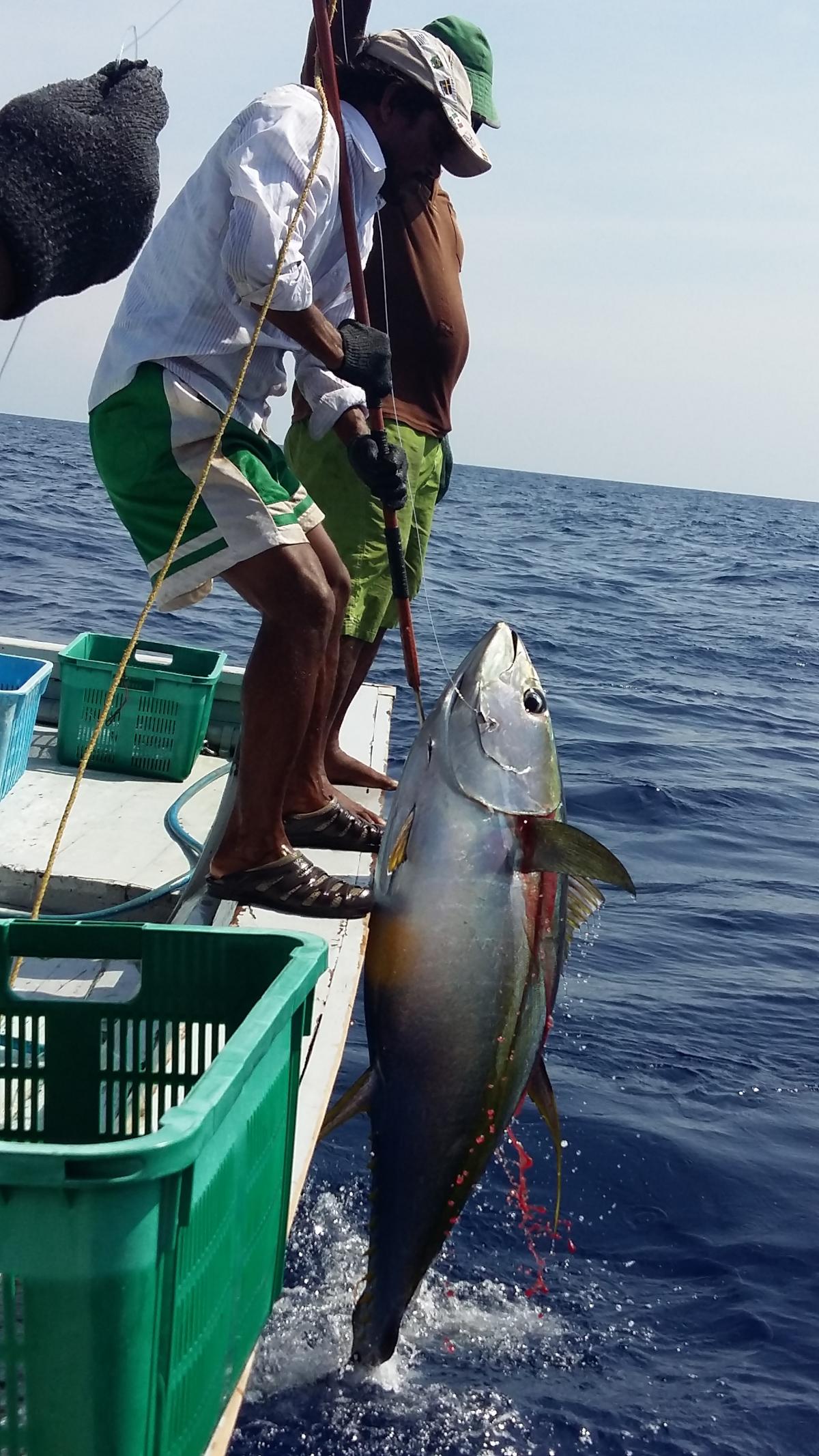
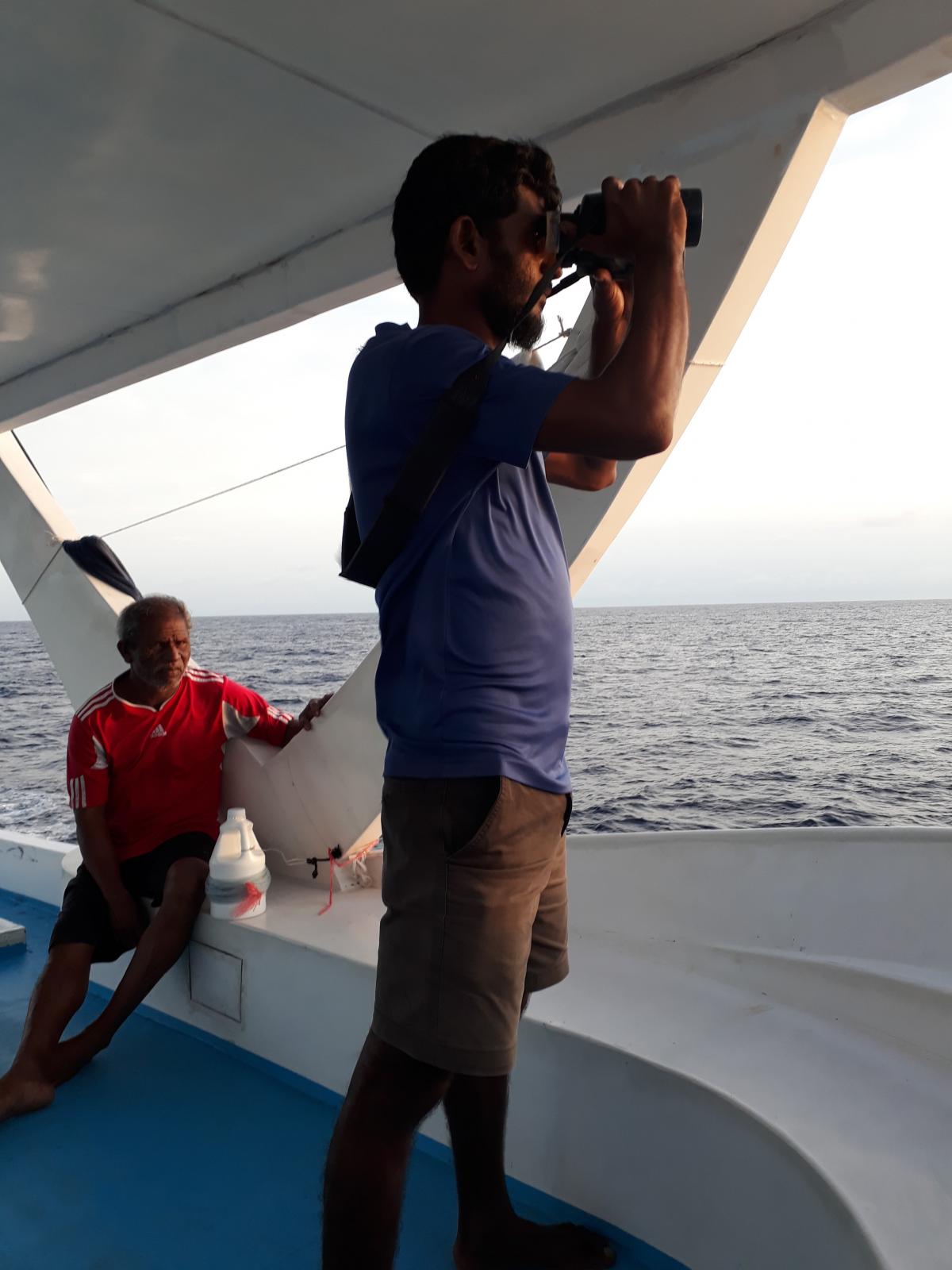
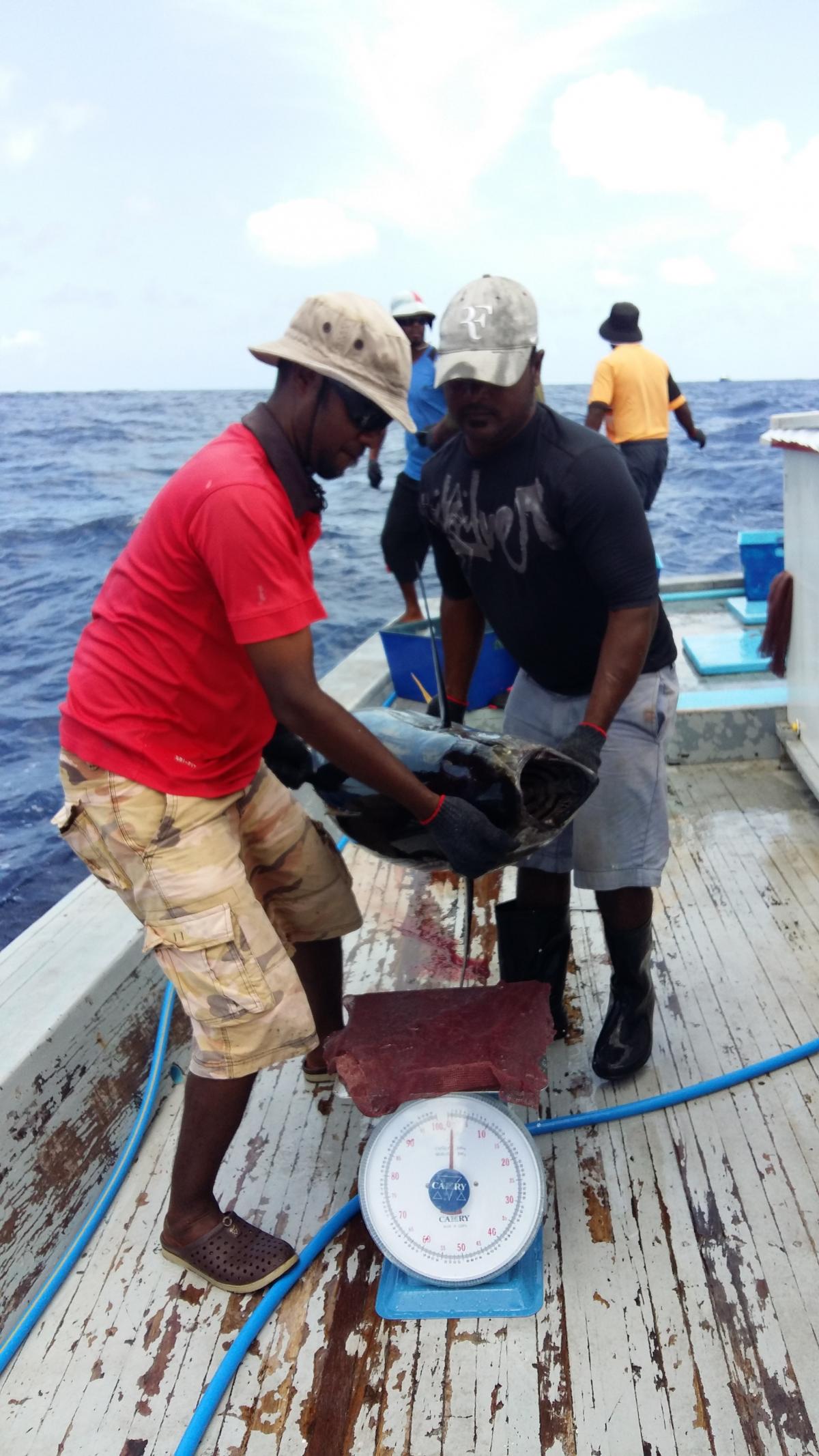

Meet the Fishers
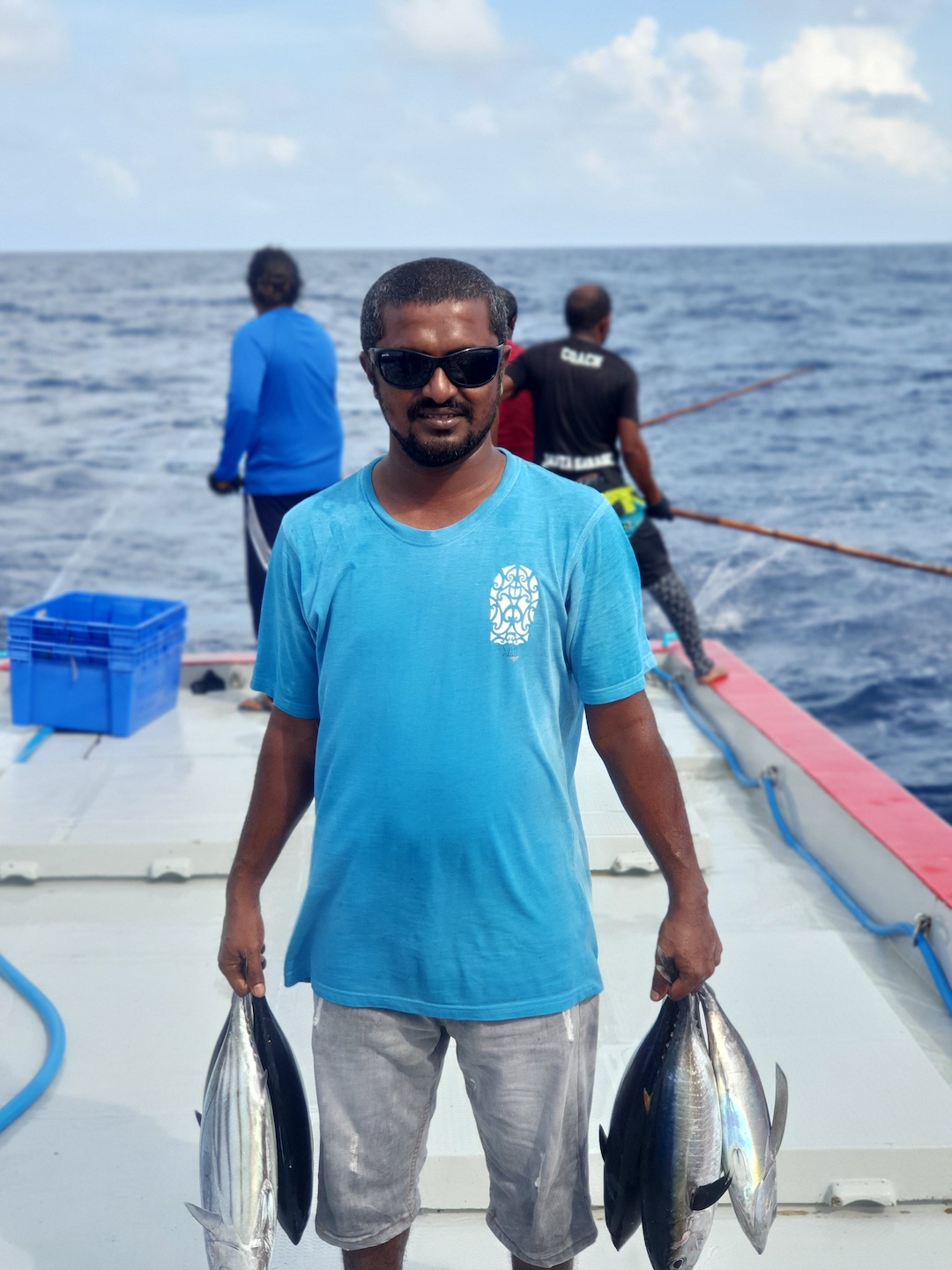
Ilham Ahmed
Profession: Captain and Fisher
Location: AA. Rasdhoo
Ilham is captain of a modern, family owned handline fishing vessel. He is a firm believer that one-by-one fishing is the way to keep fishing sustainably.
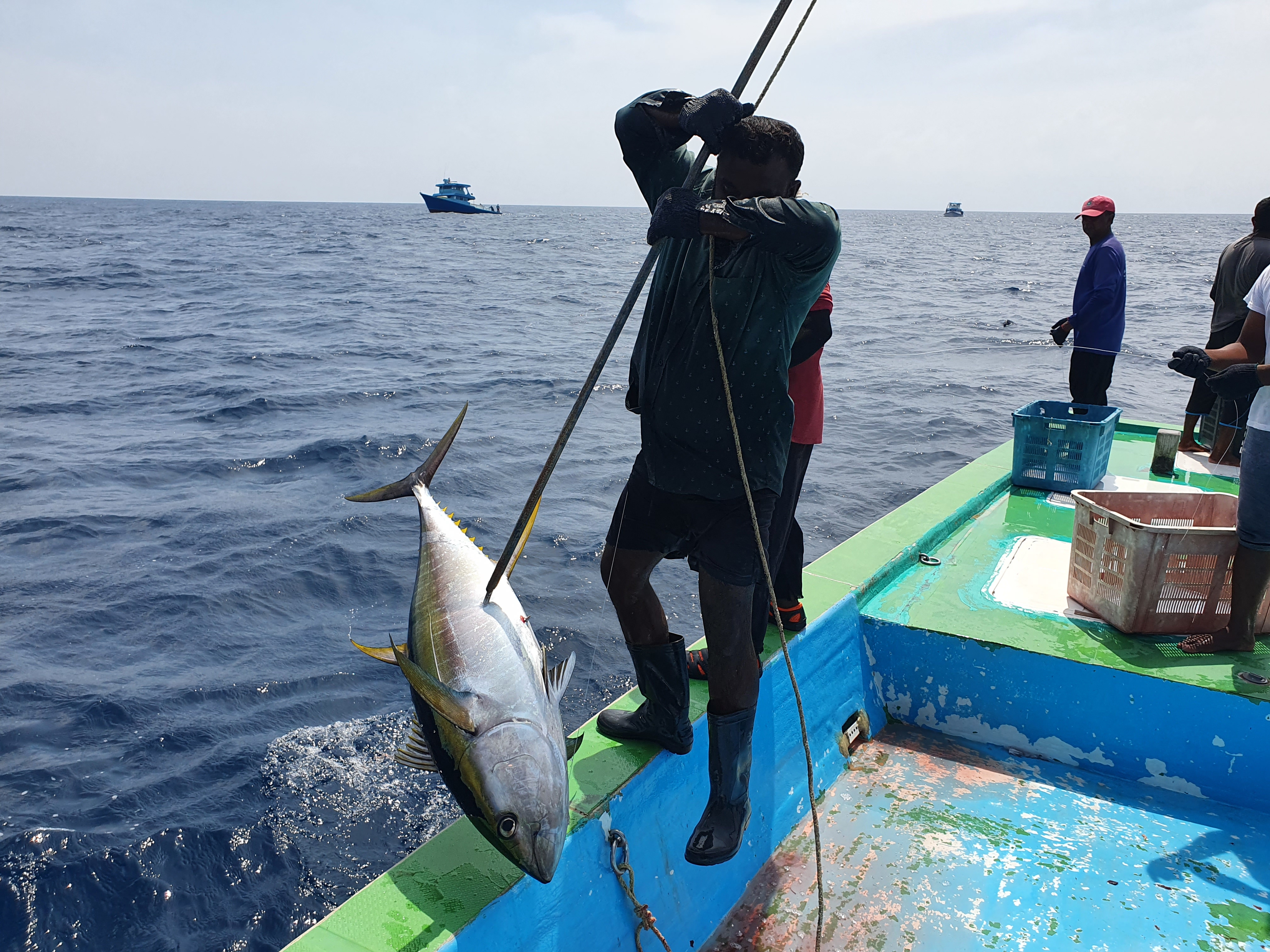
Ahmed Naushad
Profession: Fisher
Location: F. Feeali
My father was a fisher and naturally he taught me what he knew when I was a kid. I now support my family and have built my whole life with income from the ocean.
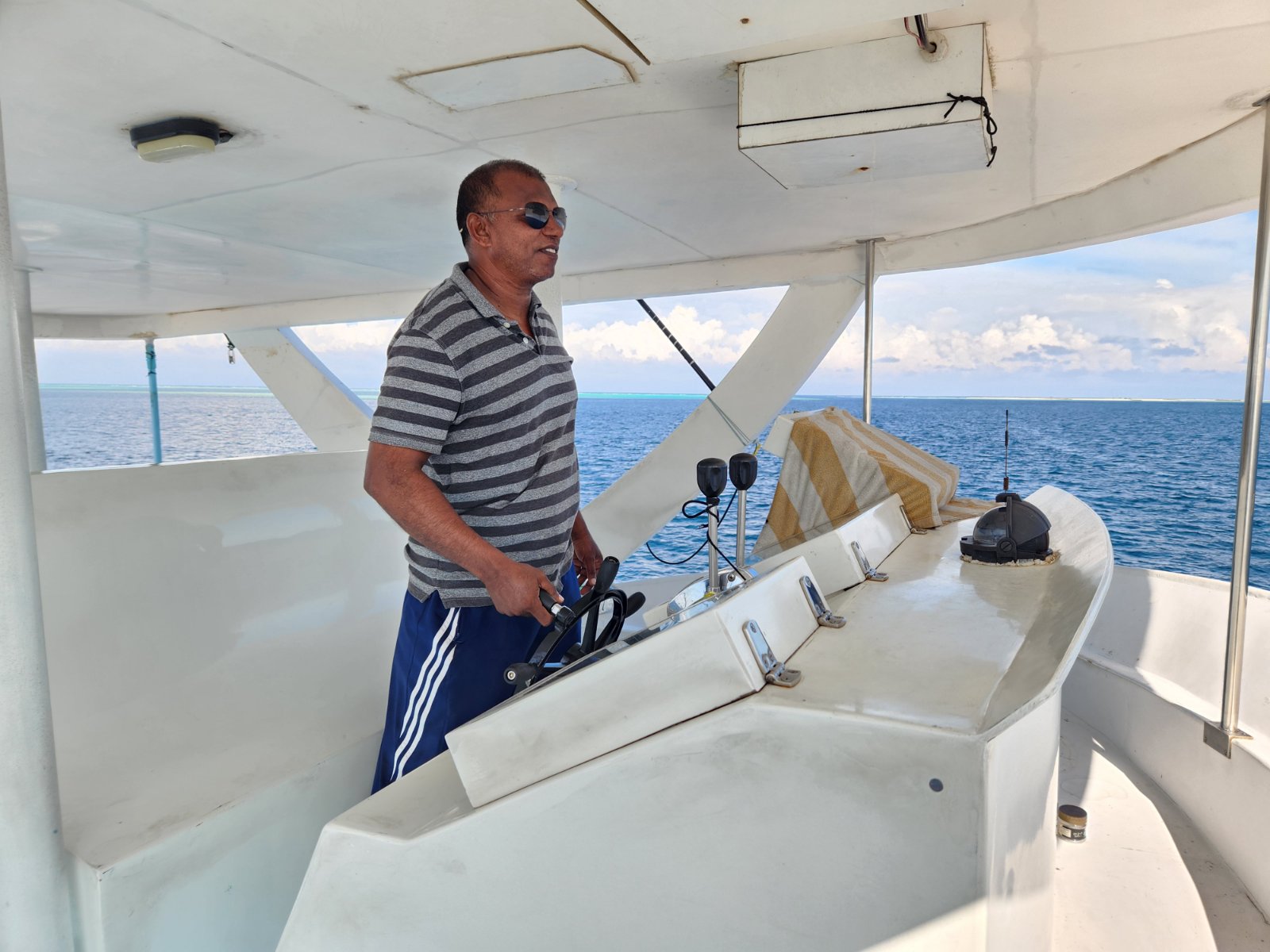
Ali Shaheem
Profession: Captain
Location: ADh. Mahibadhoo
Shaheem is a proud handline fisherman from Mahibadhoo and has been fishing for over 25 years. His vessel “Asurumaa 3” was awarded 3rd most handline tuna landed for the year 2021.
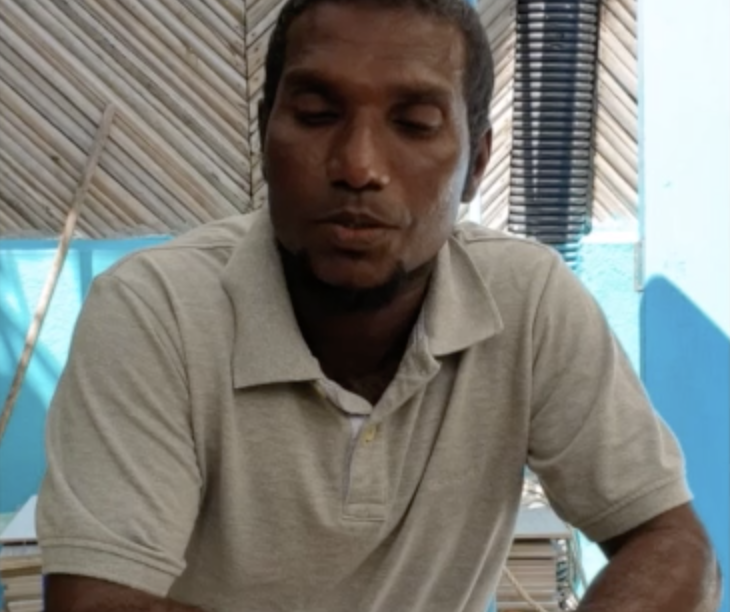
Ahmed Abdulla
Profession: Fisher
Location: N. Lhohi
After shifting to the fishing business, he realised this was the best income generating sector in the Maldives.

Typical Vessel
| Item | Value |
|---|---|
| Crew Size | 15 |
| Size Range (m) | <30 |
| Hold Capacity | 22 MT |
| Onboard Cold Storage? | Yes |
Fleet Capacity
-
28600t
- Annual Catch Volume (metric tonnes)
-
430
- Number of Vessels
-
10500
- Local Employment
Target Species
Yellowfin Tuna

Fishing Gear
Handline
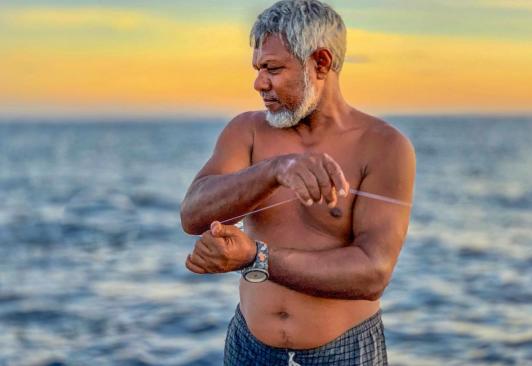
Traceability
Traceability systems are used in food supply chains to track a product from production to consumption. They assist with ensuring that standards and regulations are met throughout the supply chain, which is very important for products that travel across the globe, such as tuna.
Good traceability reduces contamination, disease, and spoilage. In the case of seafood, it also helps to maintain sustainable fish stocks in the oceans so we can keep enjoying tuna for years to come.
Most importantly, traceability provides transparency through the supply chain, allowing all parties including the consumer access to information about the products they are buying.
Fisheries Information System (FIS)
The Fisheries Information System (FIS) was established to maintain fisheries information and to increase the traceability of tuna products from the Maldives. Through the FIS, the Maldivian fishing vessels can apply or renew their fishing license. FIS also has electronic logbook module for fishers to record trip logs and catch. Processors and exporters also record the catch volumes they purchase and prices. With these information the FIS can track catch by vessel that helps to issue catch certificates as part of catch documentation for exports.
Find out moreFishery Association
What is an industry association?
Industry associations are responsible for enforcing industry specific standards and regulations to protect employees and companies within that industry. They have a range of responsibilities such as providing industry specific information to businesses and useful resources, engaging in education programs, and supporting businesses so that they can reach and maintain industry standards.
Another important role of an industry association is lobbying governing bodies to take action on issues that are affecting the industry in question.
What is a fishery association?
Fishery associations are generally not-for-profit organisations that represent fisheries in one area of the world. Fishery associations are important for small-scale and artisanal fisheries, to defend their rights in a competitive industry and lobby governments for their support of these fisheries.
These associations ensure fishers are protected as employees in this industry, and that fish stocks are being managed appropriately to ensure the fishers trade will continue and be prosperous. Some associations represent employees throughout the supply chain, from fishers, to processors, to distributors, protecting the workforce from the source to your plate.
Maldives Seafood Processors and Exporters Association (MSPEA)
The Maldives Seafood Processors and Exporters Association (MSPEA) represents a number of the major the Maldivian tuna processing companies, including MIFCO and others, and is the certificate holder for the Maldives pole-and-line skipjack tuna fishery Marine Stewardship Council (MSC) certification. The group works to ensure that the MSC certificate can be upheld, providing the financial mechanisms to maintain the certificate in the longterm. It is also a firm champion of the one-by-one tuna fishing method.
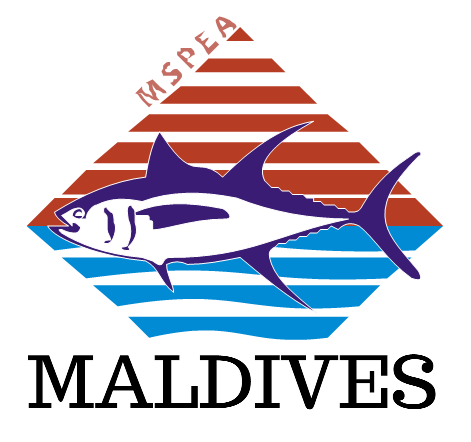
Maldives Fishermen's Association
Maldives Fishermen's Association (MFA) was formed in April 1993 as a non-governmental organisation aimed at developing the Maldivian fishing industry by educating, providing incentives, facilitating market options, gathering and disseminating information about new technologies to the local fishers in Maldives. The association has close collaboration with international and regional fishery associations and intergovernmental bodies.
MFA works alongside fishers to encourage growth and develop a sustainable fishing industry in Maldives. It gives priority to preserve indigenous knowledge, create awareness and understanding about fishery by hosting workshops within the country. Such workshops are designed to educate, help acquire skills, facilitate alternative methods like aqua/marine culture and introduce advancements in fisheries for fishers. The association also participates in the government's projects and assists the policy makers by providing the on ground information from the local fishers through consultative mechanisms.
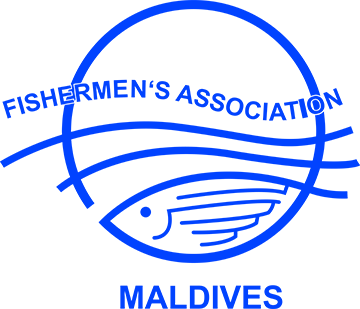
Dhivehi Masverin
Dhivehi Masverin (Maldives Fishermen) was formed in February 2018 as a non-government organisation in the Maldives. The Associations aims to promote pole-and-line fishing together with all the related activities of fishing in the Maldives. The Association intends to create awareness in the community and encourage youths to be a part of the sustainable pole-and-line fishing industry. Dhivehi Masverin also works to update and educate fishermen on the latest technology being used in the fishing industry and provides pole-and-line fishing updates on a daily basis through the official facebook page; Dhivehi Masverin.
The Association adheres to all laws, regulations and best practices used in the pole-and-line fishing industry and assists all the government and non-government stakeholders in the fishing community.
Dhivehi Masverin is committed to promoting sustainable fishing methods to the fishing community and encourages fishermen to exercise environment friendly pole-and-line fishing in the Maldives.
Find out more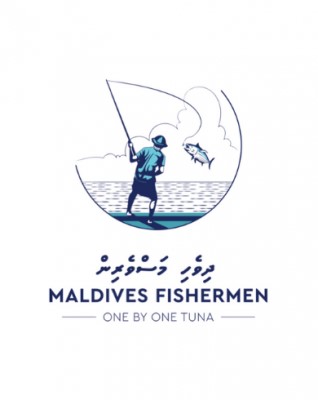

Regional Fisheries Management Organisation
Indian Ocean Tuna Commission (IOTC)
Regional fisheries management organisations (RFMOs) are international bodies formed to manage fish stocks in an oceanic area. They include several countries with fisheries operating in that area, and some focus on particular species such as tunas. They are established through international agreements and treaties. RFMOs typically collect fishery statistics, assess fish stock conditions, monitor fishery activity and make fishery management decisions.
The Indian Ocean Tuna Commission (IOTC) is the RFMO responsible for managing tuna and tuna-like species (including billfishes and some sharks) in the Indian Ocean. Their main objective is to manage fish stocks, by ensuring fisheries operate sustainably, so benefits from relevant fisheries in the region can be maintained into the future.
Stock Status Reports
Yellowfin Stock Status
2022-04-01The stock status of a fish species signifies whether a species is 'overexploited', 'fully exploited' or 'underexploited'. Different organisations use different parameters to assign these labels. For example, the Food and Agricultural Organisation of the United Nations (FAO) deems any species to have less than 40% of it’s ‘unfished biomass’ to be overexploited.
The aim of assigning stock status to a species is to ensure that catches are kept at a level where future catches will not be affected, in other words, to maintain a healthy, viable population of fish.
In addition to biomass, spawning potential, catch trend and size-age composition may be used to determine stock status. These are important factors to consider as some species are more resilient than others and have different ecological features. For example, yellowfin tuna have a higher reproduction rate and are typically more resilient than other tuna species.
National Reports
Maldives
2022-01-01National Reports are formal documents from members of the Tuna Regional Fisheries Management Organisation (tRFMO) in question. Each country that falls within the tRFMO must report on the state of their national fisheries in relation to the requirements of that tRFMO. They are normally presented to the annual Scientific Committee meetings by a credentialed head of delegation - considered national scientists. The tRFMO normally prescribes what the report should entail and how it should be structured, which would also include progress on key resolutions on conservation and management measures, and brief the ongoing scientific research of interest to the tRFMO.
